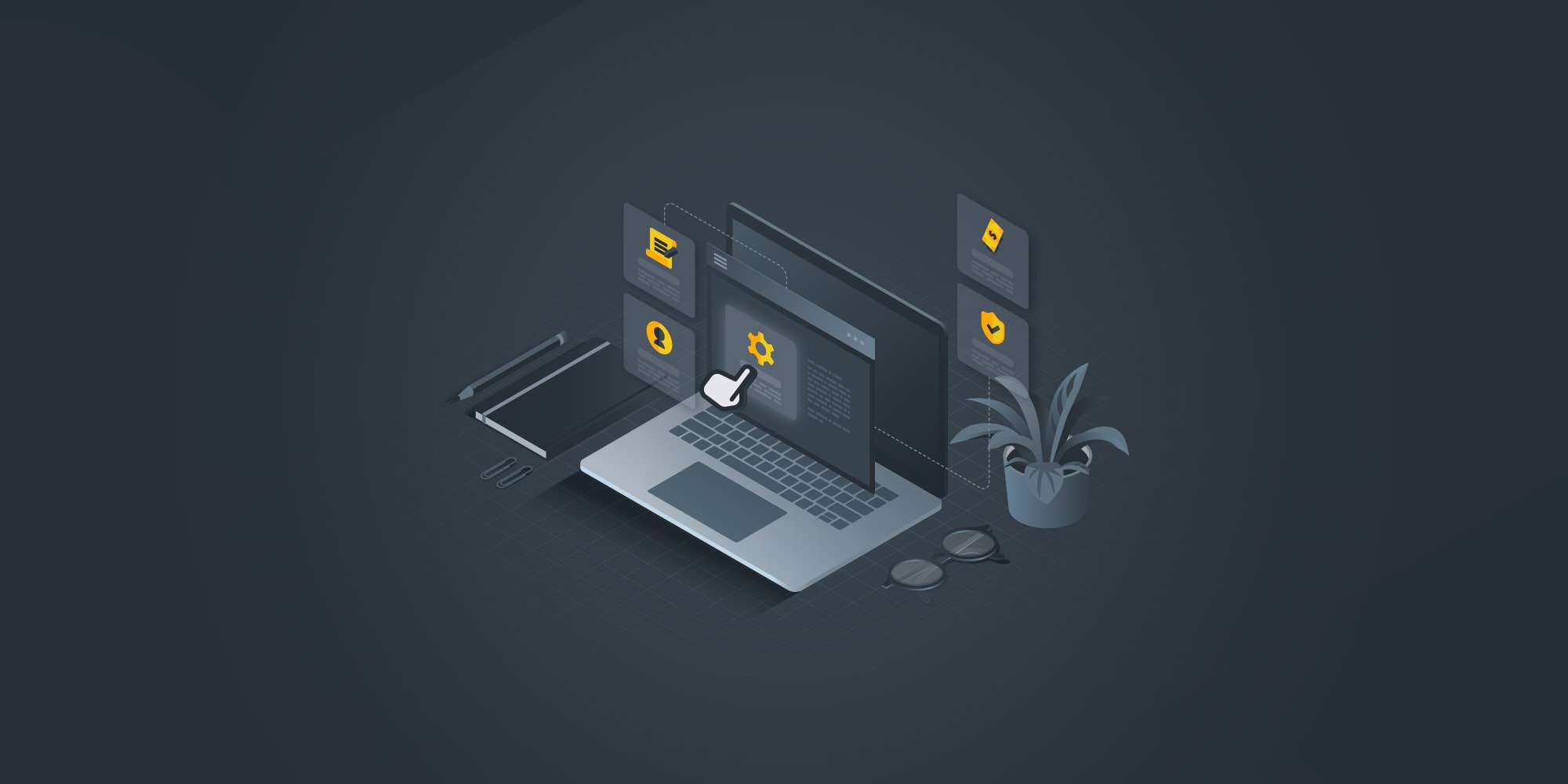Remote employee lifecycle: How to hire, onboard and offboard
 Mara Quintanilla
Mara Quintanilla
Remote work is on the rise, becoming an integral part of how many companies operate. Distributed teams have become a must-have across industries, with large and small companies bidding to hire remote workers. That’s why organizations must understand the remote employee lifecycle and how to manage it effectively.
It’s been proven that remote workers have significant benefits for large organizations, not to mention the positive impact they can have on the environment. What’s more, people are asking for such opportunities. According to FlexJob’s Career Pulse Survey from 2022, 97% of employees want some sort of remote work flexibility.
Just like the changing of the seasons brings about new growth and opportunities, the remote employee lifecycle holds great significance for the success of organizations.
A thorough understanding of the employee lifecycle empowers HR leaders to help employees reach their full potential and proactively manage and mitigate the risks associated with staff turnover.
This blog post will delve into the intricacies of the remote employee lifecycle and explore its crucial role in driving organizational success.
What is the remote employee lifecycle?
The remote employee lifecycle is a model that outlines the different stages a worker goes through while working for an organization. It covers the entire journey of an employee with a company, from the point of recruitment to their eventual exit, and the HR department's role in optimizing that process.
Employee lifecycle management aims to optimize an employee's career progression, often involving the use of talent management software. HR leaders are critical in ensuring that employees advance through the lifecycle smoothly and effectively.
Keeping track of the employee lifecycle provides companies with valuable data analysis opportunities, helping them to make informed decisions and improve their overall HR strategy.
The added layer in the remote employee lifecycle is that all interactions are virtual and rely on tech software or platforms for basic tasks like communication and employee management.
Companies must also consider maintaining their remote company culture, establishing communication guidelines, and building trust to ensure remote employees have the necessary tools and feel connected to the company while performing their work effectively and with clear expectations.
Why is remote employee lifecycle important for organizations?
The most significant advantage of the remote employee lifecycle model is that it gives companies complete visibility of their employees’ journey. They can set up metrics and analyze results at each stage to make adjustments that can benefit both parties, leading to higher retention rates and reducing turnover and related expenses.
This model allows companies to focus on and design learning and development plans to support their employee's growth and potential. Doing this can improve a company's reputation as an employer, making it easier to attract top talent and build a dedicated workforce.
Remote employee lifecycle stages
As we already mentioned, the employee lifecycle for remote employees refers to all the stages in a remote worker’s relationship with their employer, from recruitment to separation. The key areas that companies need to consider when managing the remote employee lifecycle include the following:

Attraction
It’s the process of generating interest in a company and its employment opportunities to attract a pool of potential candidates for available positions.
To achieve this, the company identifies the skills and qualifications required for open positions and develops recruitment strategies, such as remote job postings, employee referrals, campus recruiting, and social media outreach.
The company needs to build a talent pipeline of potential candidates and create a positive employer brand to showcase its culture.
Recruiting
This stage involves identifying, screening, and selecting the most qualified candidates for open positions, based on specific requirements and skills.
To do this, companies source potential candidates through various channels, screening resumes and conducting preliminary interviews, assessing candidate skills, qualifications, and fit with the company culture. During this stage, job offers are made, as well as negotiation of terms and conditions.
It’s common for companies to use talent acquisition software to automate the hiring process, like using an application tracking system, pre-employment screening software, and interview scheduling with digital tools.
Onboarding
The most talked about stage of the employee lifecycle. In short, it’s the process of introducing a new employee to the company, its culture, policies, and procedures, and providing them with the resources and support they need to perform their role effectively.
As we mention in our international employee onboarding guide, this stage can be as thorough and detailed as the company deems necessary. But companies must understand that great onboarding is vital for both sides, as it makes workers confident and gives the organization a good reputation.
A crucial aspect of remote onboarding is setting up your employees with the tools they need to succeed. That means procuring and delivering IT asset like laptops, monitors, or headphones to guarantee they can do all their tasks. All they need to do is have a WFH checklist to ensure employees have everything they need.
In this stage, companies use tools like identity and access management systems to manage the new employee’s email and other software accounts.
Development
The fourth stage of the remote employee lifecycle is development, which involves supporting employee growth and professional development.
This includes setting goals and expectations, writing performance reviews, providing feedback, coaching, and development opportunities to help employees improve their skills. Companies can use digital tools like learning management systems or performance management software to keep track of these aspects.
During this stage, organizations can offer training and other professional development opportunities, such as workshops, conferences, and certifications, and provide career advancement and promotion opportunities.
Retention
The fifth stage is Retention, which involves keeping employees engaged, motivated, and committed to their roles and the organization.
To achieve this, the company monitors employee satisfaction and engagement levels, provides support and resources to help employees overcome challenges, offers recognition and rewards programs, and regularly communicates with employees to understand their needs and expectations.
HR professionals use talent management software to track employees' continued learning and succession planning, which identifies candidates for promotion.
Offboarding
The final stage of the model is Offboarding, which involves preparing for an employee's departure from the organization.
Some critical aspects during this stage include transferring knowledge, completing administrative tasks, conducting exit interviews, and ensuring a smooth transition for both the departing employee and the organization.
It’s also expected to create processes to retain important information from the departing employee and provide them with positive references and networking opportunities.
Wrapping up
From ensuring technology needs are met to fostering a sense of culture and community, companies must prioritize remote workers' needs to support their success.
By developing a thoughtful and effective remote employee lifecycle strategy, organizations can reap the benefits of remote work, such as increased flexibility and improved productivity, while ensuring their remote employees' well-being and satisfaction.
As remote work continues to prominence, companies prioritizing the remote employee experience will have a significant advantage in attracting and retaining top talent.
One way to ensure your company provides a top-of-the-line employee experience is to use GroWrk services to manage all your IT equipment needs. Setting up remote employees with the right tools just before they start working can make or break their onboarding experience.
Give us a call today to learn how your company can provide an excellent experience for your employees at all stages of their time with you.
FAQs
What are the 6 stages of the employee lifecycle?
The employee lifecycle is an HR model that details an employee’s journey while working for an organization. The employee lifecycle breaks up all an employee's interactions with a company into 6 stages: attraction, recruiting, onboarding, development, retention, and offboarding.
What are the benefits of the employee lifecycle?
The main benefit of the employee lifecycle is that it allows companies to evaluate and improve the employee experience at each stage of their career path. When employees have a good experience with their employer, they are more likely to be satisfied and continue working there in the long run, resulting in reduced turnover rates.
What is another word for employee life cycle?
The employee lifecycle can also be called the HR lifecycle or HR cycle because it overlaps with the HR manager's job of providing support to employees throughout their stay at a company.






